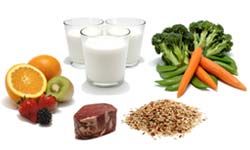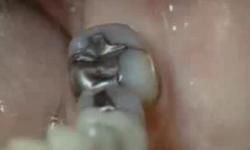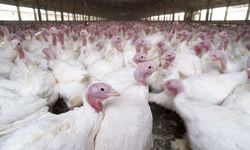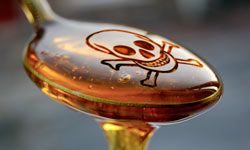The last one hundred years have brought dramatic changes to our ways of life. Public health measures, like water treatment and sewage disposal, have caused dramatic changes in life expectancy and the prevention of infectious disease. Many changes, from screened in porches and indoor plumbing to cell phones and the Internet, have brought much pleasure to our lives. There seems to be a trade off for many of our modern conveniences. Several of the products we use to today to make life more efficient and more convenient do not actually consider the ramifications to our health and environment. Below is a list of a few of the many topics that had some potential to be a useful tool or idea in some fashion, but actually will have negative consequences to our bodies or the environment in which we live.
This list is an introduction and a preview to future articles which will explain these topics more in-depth. PurehealthMD strives to provide the tools necessary to improve diet, exercise and lifestyle to move the body toward optimal health. Diet is critical to enable the body to reach its potential. It is also important that information about negative practices be made known so that damaging effects to our bodies and environment can be avoided and prevented.
Advertisement










